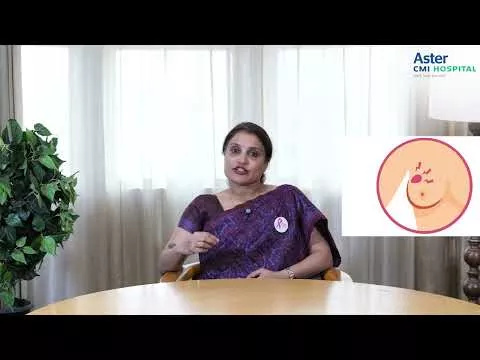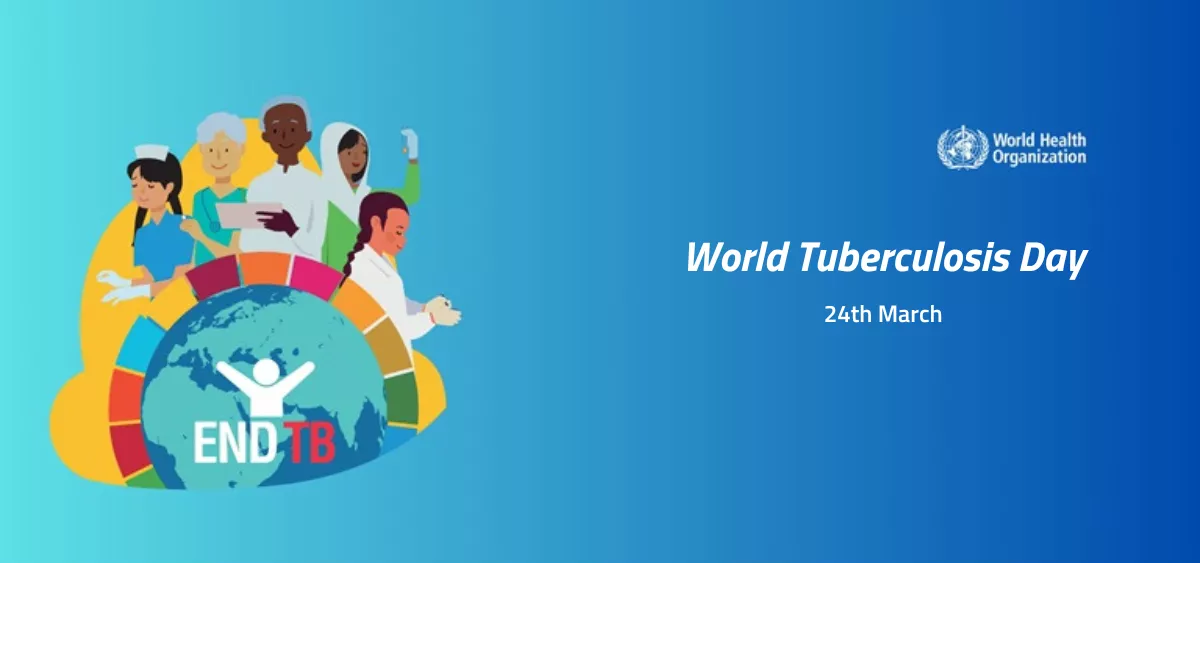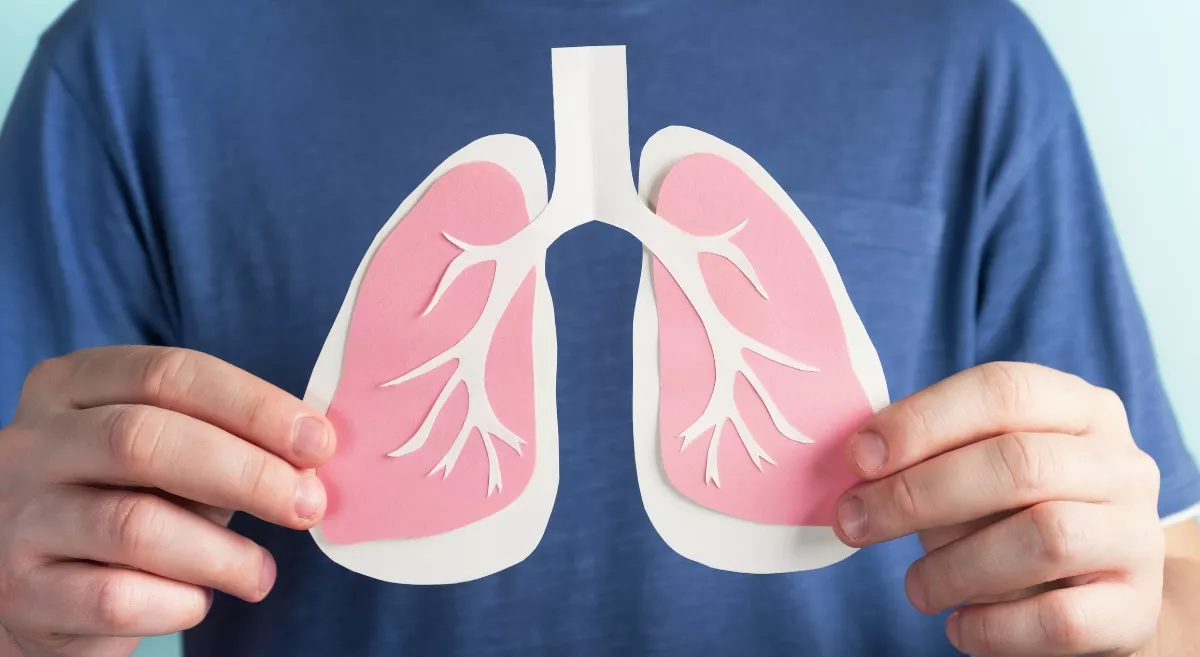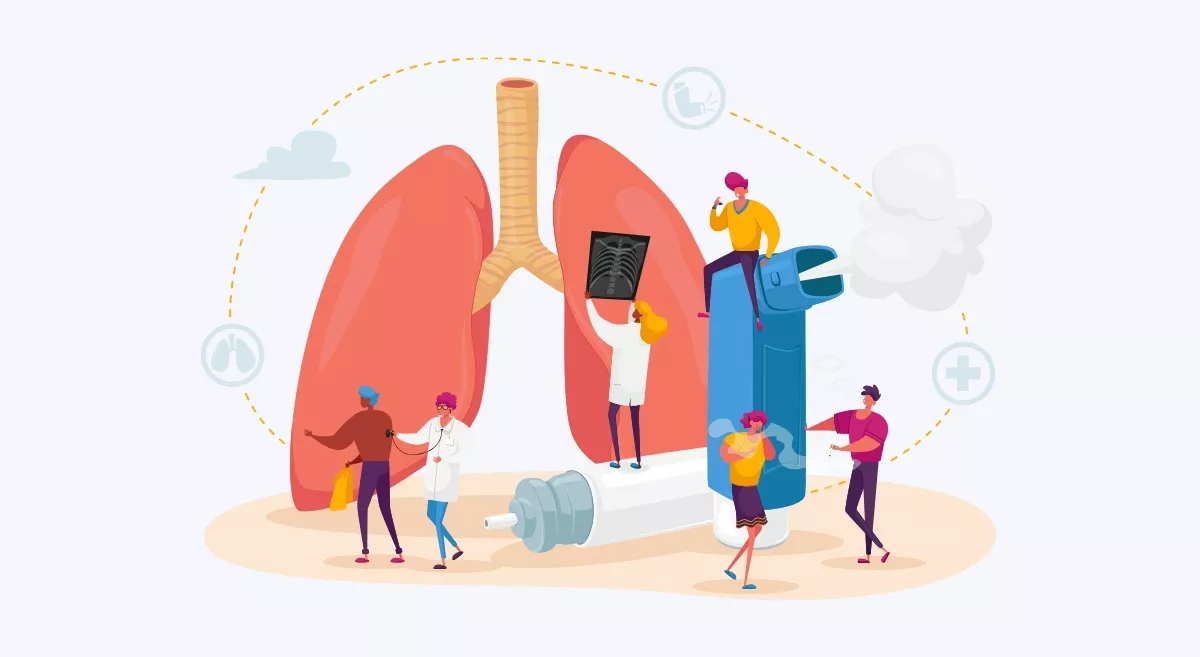Lung Cancer, Diagnosis & Its Treatments
Lung cancer is the most common cancer diagnosed worldwide resulting in 1.38 million cancer deaths per year. It is also the foremost contributor to cancer-related mortality, Lung cancer accounts for more deaths than any other type of cancer. Most of lung cancer cases are presented in advanced stages, where curative intent as a limited role to play. Early pick up is the key to address lung cancer in a comprehensive way. Leading Oncology Hospital in Hebbal Bangalore facilities are equipped with advanced technology and experienced specialists to ensure early detection and effective management.
How to diagnose lung cancer?
CT Scans are vital for people who are at a higher risk of getting lung cancer. People who have smoked
for most of their or have quit the habit recently, need these scans to happen more often.
Doctors run a series of tests to check for cancerous cells and other malignant cells to rule out other
ailments.
Some of these test includes:
- Image-based tests - An abnormal tumour or nodule in your lungs could be seen on CT chest.
- Pneumonia cytology - Coughed up sputum can occasionally have cancer cells in them. If these cells are detected, a biopsy is needed to diagnose the cancer.
- Bronchoscopy with Biopsy of lung nodules Using Radial-Endobronchial Ultrasound(r-EBUS) or some with USG/CT guided Biopsy, Sampling of Mediastinal Lymph nodes with Endobronchial
- Ultrasound-Transbronchial Nodal Aspiration (EBUS-TBNA), Pleural Biopsy for Malignant pleural effusion
- Whole Body PET-CT scan
- Molecular testing
What are the test that defines the severity of cancer
Treatments and course of action can be determined once the staging of the cancer is defined.
Several processes are used including imaging techniques. This includes bone scans, MRIs, CT scans and more. Talk to your doctor to figure out which test suits you the best.
How do we treat lung cancer
Surgery for lung cancer : This is an attempt at removing the cancerous tissue from the lungs to avoid spreading of the cancer. The surgeon may also remove lymph nodes to test the tissue for cancerous growth. If the cancer hasn’t spread beyond the lungs, surgery is possible. Doctors also advise chemotherapy, radiation before surgery to avoid cancerous cells being left behind to avoid a relapse.
Radiation treatment : From sources like X-rays, energy beams and protons are used to kill cancer cells. This process can be administered both before and after the surgery. It’s frequent with chemotherapy in cases where surgeries aren't possible. This process prevents the spread of cancerous cells.
Chemotherapy : In chemotherapy, drugs are used to kill cancer cells. A series of medications are given over a few week, even months with intervals in the middle to allow recovery. Chemotherapy is mostly done post surgery to kill cancer cells that may have survived. Chemotherapy may be used to treat advanced lung cancer patients' discomfort and other symptoms.
Body-targeted radio : Radio surgery is a strenuous therapy which involved several radiation beams being targeted on cancerous cells from various angles. For people with minor lung malignancies, radiosurgeries are recommended.
Targeted medication : Targeted medication therapies concentrate on particular defects that are prevalent in cancer cells. Targeted medication therapies can kill cancer cells by preventing these defects. Although there are numerous targeted treatment medications available, the majority are only
prescribed for patients with advanced or those who have a cancer relapse.
Immunotherapy : Your immune system is used in immunotherapy to combat cancer. This process activates the immune system cells in your body to fight the cancer cells. Patients whose cancer has spread to other parts of the body, mainly get this treatment. The best Oncologists in Hebbal Bangalore use personalized immunotherapy approaches to maximize treatment outcomes and improve survival rates.
Interventional Pulmonology with palliative Intent Patients with persistent breathlessness with progression of disease mite have compromised central airway needs debulking and deployment of airway stents to maintain patency of airways. Any abnormal airway and food passage communication (Tracheoesophageal Fistulas) can be addressed using Straight or Y shaped stents. Recurrent Malignant pleural effusion accumulation can be reduced by using Talc pleurodesis or indwelling pleural catheters











